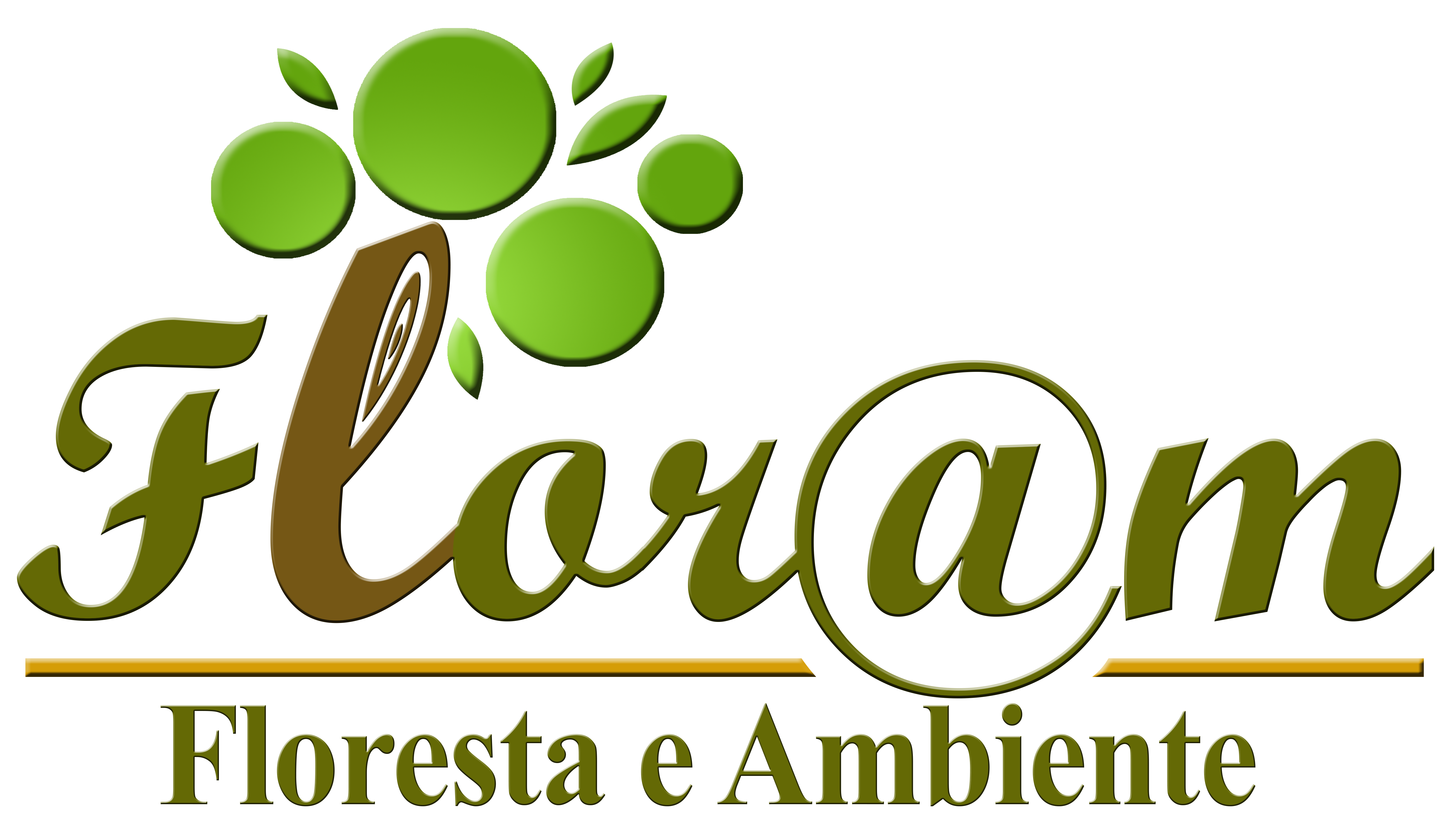Resistência Natural de Quatro Espécies Florestais Submetidas a Ensaio com Fungos Apodrecedores
Natural Resistance of Four Forest Species Submitted to Test with Decay Fungi
Carvalho, Douglas Edson; Santini, Elio José; Gouveia, Fernando Nunes; Rocha, Márcio Pereira
http://dx.doi.org/10.1590/2179-8087.105914
FLORAM, vol.22, n2, p.271-276, 2015
Resumo
Este estudo teve como objetivo avaliar a durabilidade natural das madeiras de Eucalyptus dunnii, Eucalyptus robusta, Eucalyptus tereticornis e Hovenia dulcis submetidas ao ensaio de apodrecimento acelerado em laboratório com os fungos Gloeophyllum trabeum, causador de podridão parda; e Trametes versicolor, causador de podridão branca. As amostras permaneceram durante 12 semanas em contato com os fungos e após calcularam-se as porcentagens de perda de massa, classificadas quanto ao grau de resistência natural e avaliadas quanto ao índice de susceptibilidade ao ataque. As médias dos resultados foram comparadas pelo teste de Tukey a 5% de significância. A madeira de Eucalyptus robusta foi classificada como resistente e Hovenia dulcis como não resistente para ambos os fungos. O índice de susceptibilidade ao ataque indicou que as espécies estudadas apresentaram valores aceitáveis, sendo mais resistentes ao ataque dos fungos em relação às espécies de referência (Pinus sp.; Cecropia sp.).
Palavras-chave
biodeterioração da madeira, perda de massa, durabilidade natural.
Abstract
This study aimed to evaluate the natural durability of Eucalyptus dunnii, Eucalyptus robusta, Eucalyptus tereticornis and Hovenia dulcis woods subjected to accelerated testing in laboratory with rotting fungi Gloeophyllum trabeum, causer of brown rot; and Trametes versicolor, causer of white rot. The samples remained 12 weeks in contact with the fungi, after that, we calculated the percentages of mass loss, classified according to the degree of natural resistance and assessed according to the rate of susceptibility to attack. The averages of the results were compared by the Tukey test at 5% significance level. Eucalyptus robusta wood was classified as resistant and Hovenia dulcis wood was classified as non-resistant to both fungi. The index of susceptibility to attack indicated that the species studied present acceptable values and that they are more resistant to the attack of fungi compared with reference species (Pinus sp.; Cecropia sp.)
Keywords
biodeterioration of wood, mass loss, natural durability.

